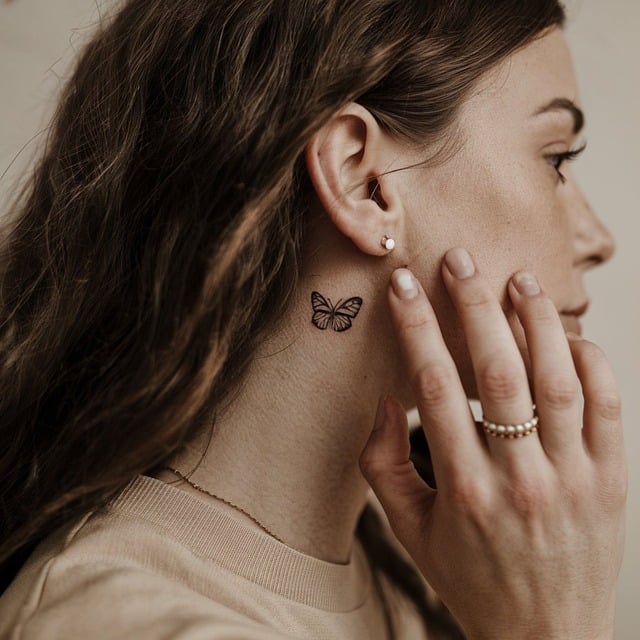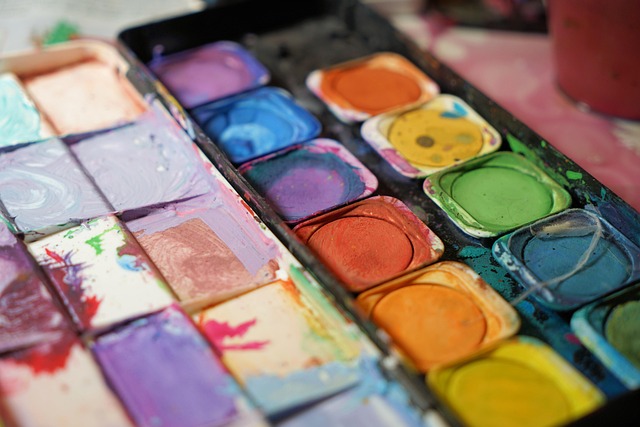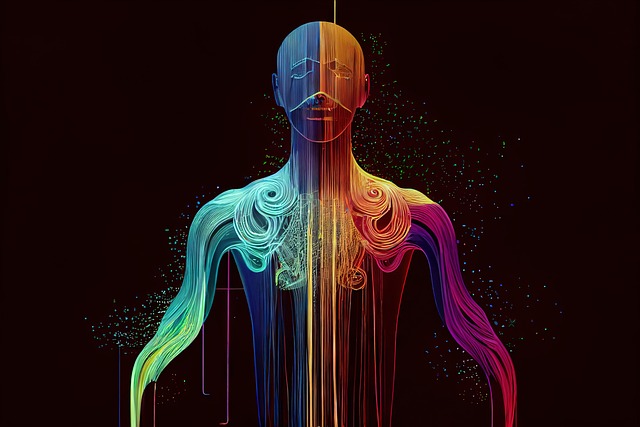Unveiling the Finesse: Exploring Fine Arts Style in Graphics
Art and design have always been intertwined, each influencing the other over centuries. However, when we speak of fine arts style, we delve into a realm where the synergy of creativity and technical skill creates engaging visual experiences. This blend not only caters to the aesthetic but also invites deeper contemplation and interaction with the audience.
The Essence of Fine Arts Style
The fine arts style draws from traditional forms of art, including painting, sculpture, and drawing. These elements serve as an inspiration for graphic designers, enhancing their work with profound narratives and emotionally charged visuals. Whether it’s the delicate brush strokes of Impressionism or the bold colors of Abstract Expressionism, fine arts style encourages graphic designers to push boundaries and convey messages in their unique ways.
Incorporating Fine Arts in Graphic Design
Incorporating a fine arts style into graphic design means transcending conventional digital aesthetics. Designers often utilize techniques such as texture layering, hand-drawn elements, and color theory taken straight from the canvas to evoke specific emotions or highlight themes. This not only beautifies the artwork but also enriches the communicative aspect, resonating with the audience on a personal level.
Emotional Resonance
Fine arts evoke emotions; they tell stories and create atmospheres. When graphic design adopts a fine arts style, it invites viewers to feel rather than just observe. For example, a poster designed with the fluidity of watercolor techniques can impart serenity or nostalgia, while striking geometric shapes can evoke modernism or urgency. The key is to harness that emotional power, guiding the audience toward a lasting connection with the piece.
Techniques That Bridge the Gap
To achieve this blend of art and design successfully, many designers are returning to traditional methods. Drawing by hand, using mixed media, or even integrating collage techniques not only enhances originality but also integrates that human touch often lost in digital renditions. This revival of tactile art forms allows graphic designers to produce work that feels authentic and resonates deeply, aligning closely with the ethos of the fine arts style.
The Future of Fine Arts in Graphics
As the design world evolves with technology, the fine arts style continues to play a pivotal role. From sophisticated digital illustrations to vibrant multimedia installations, the fusion of art and technology invites an expansive exploration of creativity. Graphic designers today are inspired by the classics while embracing modern techniques, creating a vibrant tapestry that reflects the multifaceted nature of visual communication.
The journey of exploring fine arts in graphic design is both an homage to tradition and a venture into contemporary innovation. By understanding and implementing the principles of fine arts style, designers not only elevate their work but also enrich the visual culture we engage with daily. This meticulous attention to artistry is what sets meaningful design apart in an increasingly digital landscape.




